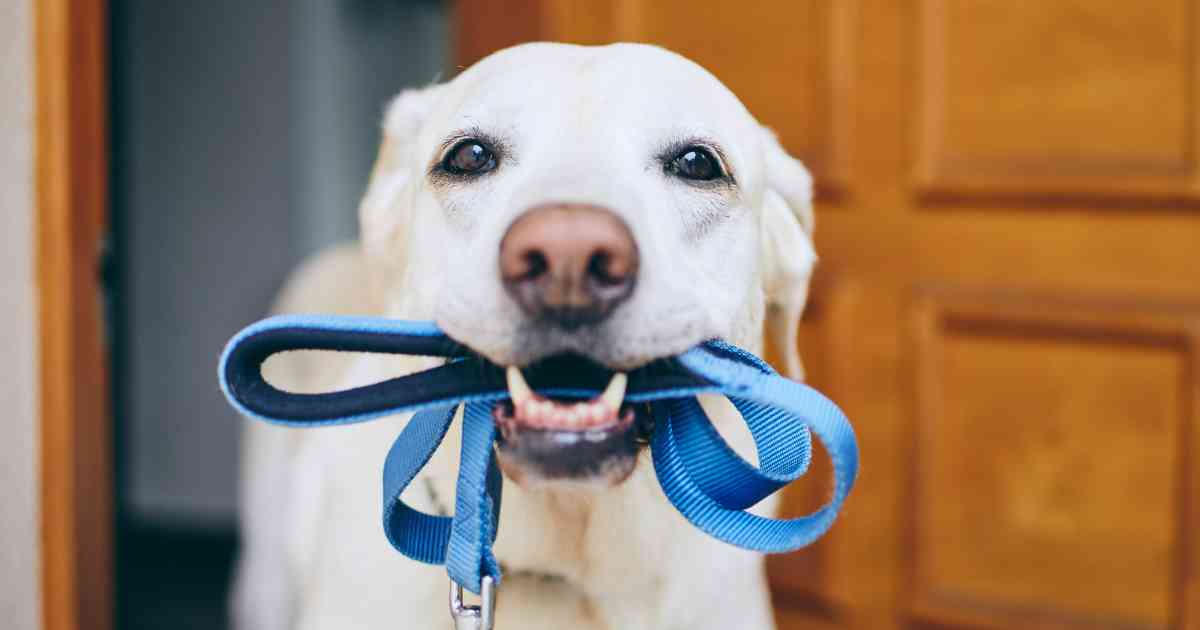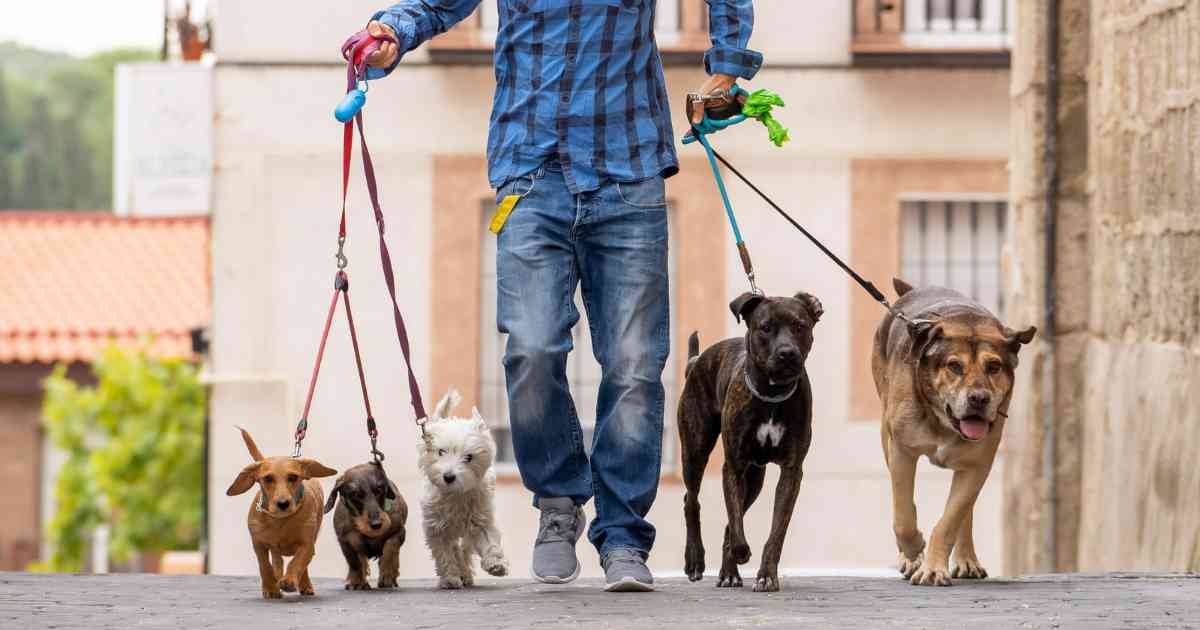Walking a dog is often a joyous experience, but it can quickly become stressful if your canine companion slips their leash and takes off. This risk is particularly significant for professional dog walkers, who are responsible for dogs that are not their own. Here are best practices, tools, and precautions to prevent dogs from running off leash.
1. Understand and Establish Trust
The first step towards preventing dogs from running off is to understand and build trust with the dog:
- Learn About the Dog: Understand the dog's breed, temperament, and any triggers that might make them bolt.
- Build a Relationship: Spend time with the dog before venturing out for walks. Establishing trust ensures the dog feels comfortable with you and is more likely to respond to your commands.

Key Points:
- Use positive reinforcement to build a relationship.
- Patience is key. Allow the dog to become familiar with your presence and scent.
2. Use the Right Equipment
Having the right equipment is vital for dog walking:
- Leashes and Collars: Use sturdy, well-fitted collars and leashes. Consider harnesses for dogs that might pull or lunge.
- Long Training Leashes: For dogs that require off-leash time but aren't reliable, a long training leash can give them freedom while ensuring control.

Key Points:
- Check all equipment for wear and tear regularly.
- Make sure the collar or harness is properly fitted to prevent the dog from slipping out.
3. Training is Essential
Proper training is a crucial aspect of preventing dogs from running off leash:
- Basic Commands: Ensure the dog knows and obeys basic commands such as "sit," "stay," and "come."
- Leash Training: Leash training helps dogs understand they need to stay close to you and not pull on the leash.
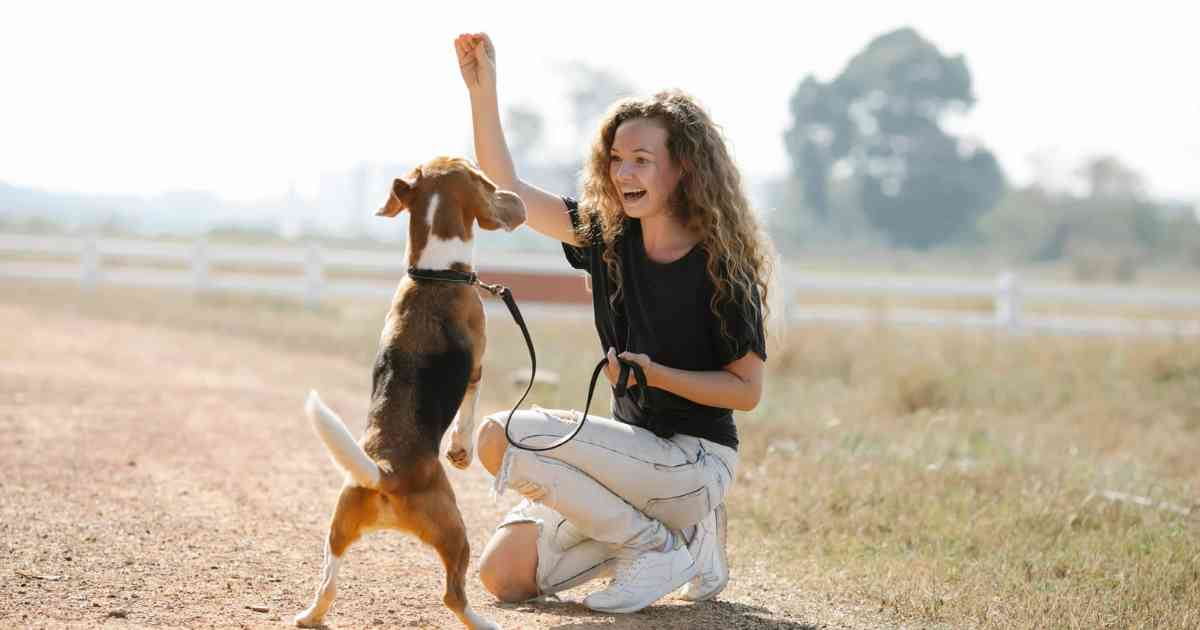
Key Points:
- Use positive reinforcement techniques during training.
- Be patient and consistent with training.
4. Always Be Alert and Vigilant
Stay alert to your surroundings to avoid situations that may cause the dog to bolt:
- Know the Route: Familiarize yourself with the walking route and avoid areas with potential distractions or hazards.
- Watch the Dog's Body Language: Dogs often show signs before they're about to bolt. Understanding dog body language can help you react before they run.
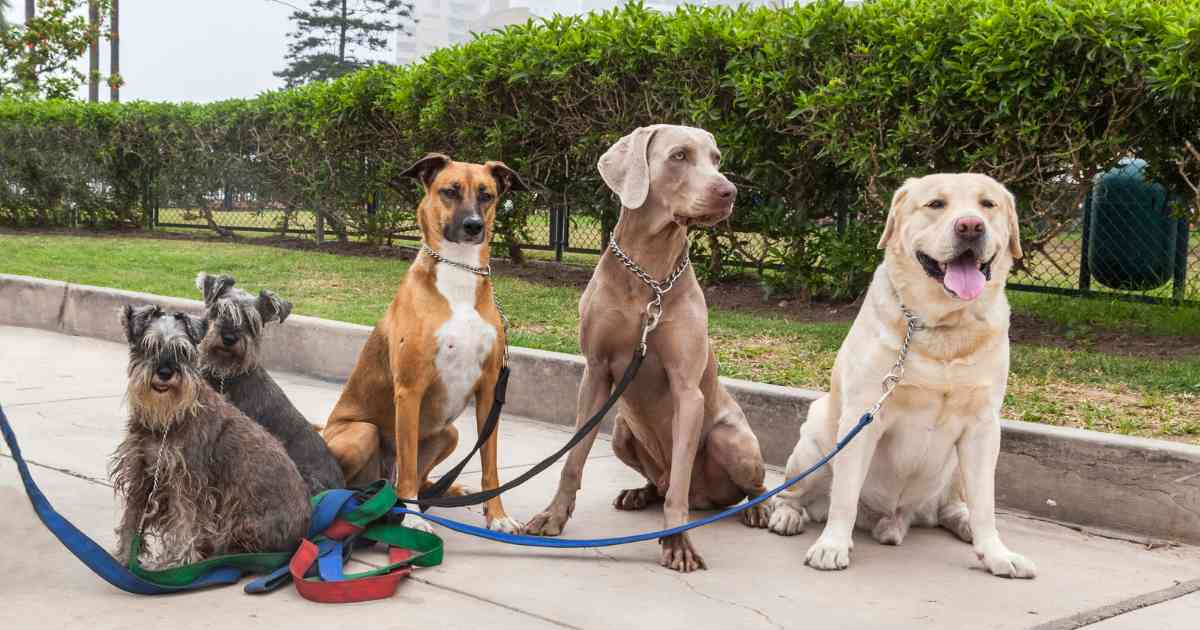
Key Points:
- Avoid distractions like your phone while walking the dog.
- Change the route if it becomes too familiar to the dog and they become complacent.
5. Precautions for Emergencies
Despite all your efforts, emergencies can still happen. Here's what to do:
- Emergency Contact Information: Always have the pet owner's contact information handy.
- Updated Tags and Microchips: Make sure the dog has updated tags and, if possible, is microchipped.
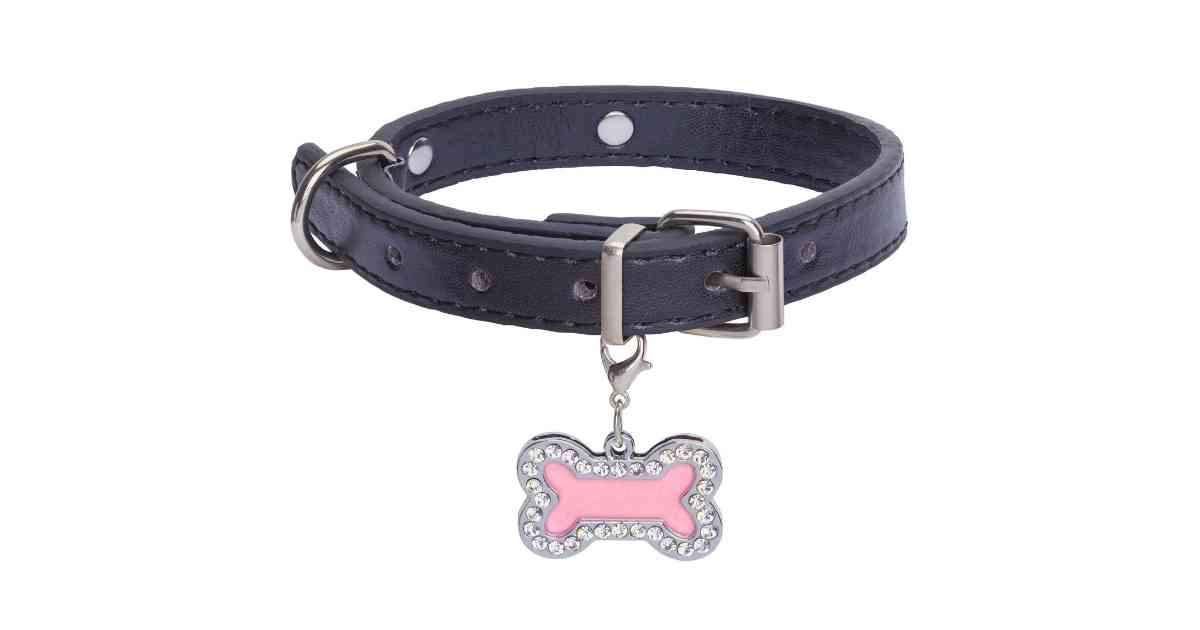
Key Points:
- Stay calm during emergencies. Your stress can make the situation worse for the dog.
- Notify the pet owner immediately if the dog escapes.
In conclusion, while preventing dogs from running off leash requires a combination of understanding, equipment, training, alertness, and preparation for emergencies, the rewards are worthwhile. Not only does it ensure the safety and wellbeing of the dog, but it also enhances your experience as a dog walker.
